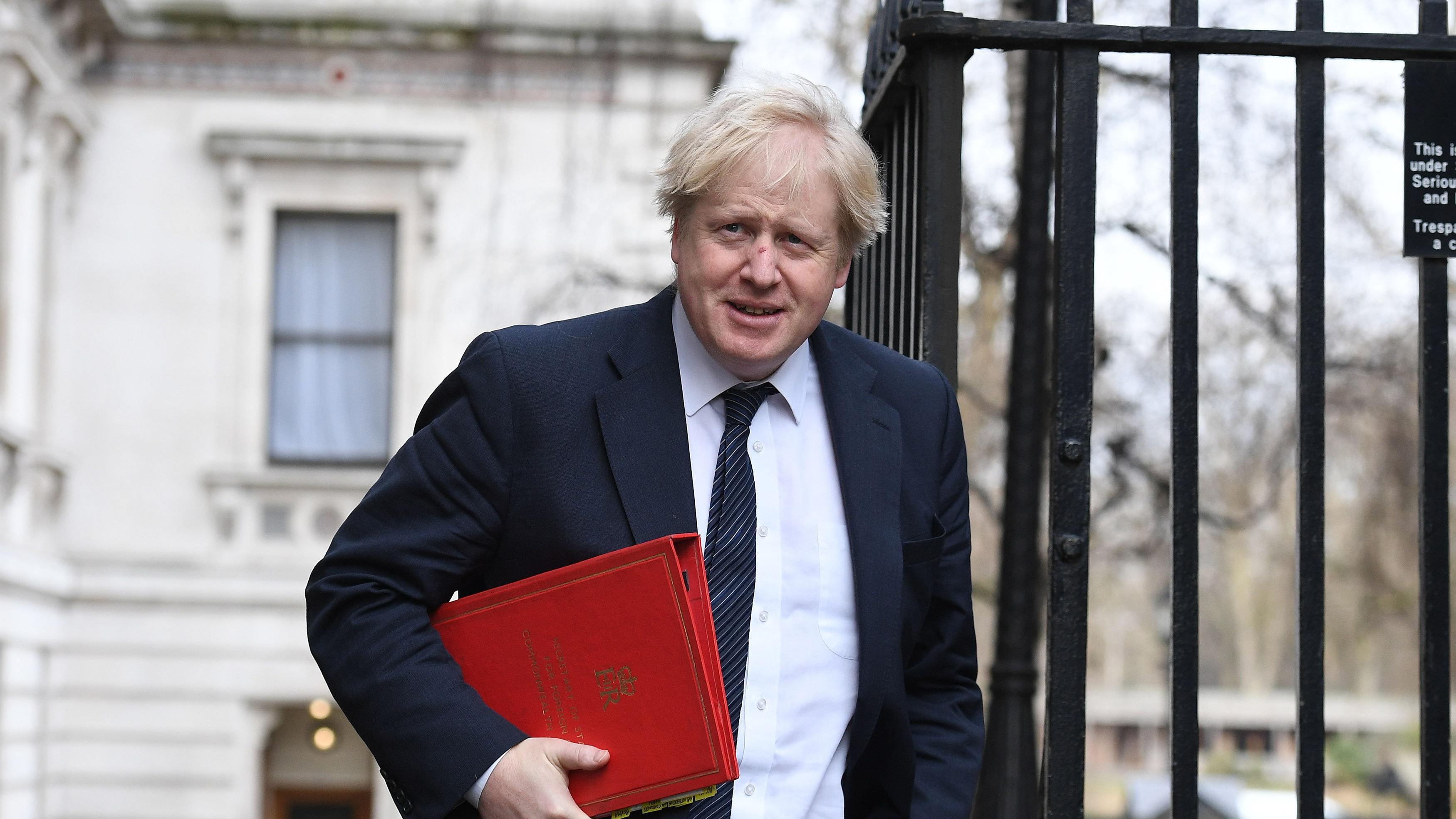
LABOUR leader Jeremy Corbyn has accused Boris Johnson of “exaggeration” over the evidence that Russia was to blame for the Salisbury poisoning.
Mr Johnson has come under fire after an announcement on Tuesday that Porton Down scientists had not verified the source of the Novichok nerve agent believed to have been used in the March 4 attack on Sergei and Yulia Skripal.
The statement appeared to contradict claims made by the Foreign Secretary in an interview on German TV on March 20.
Asked why the UK believed that Russia was the source of the nerve agent, Mr Johnson said: “The people from Porton Down, the laboratory, they were absolutely categorical. I asked them that myself. I said ‘Are you sure?’. He said ‘There’s no doubt’.”
Speaking during a local election campaign visit to Watford, Mr Corbyn said: “He claimed categorically – and I think he used the words 101% – that it had come from Russia. Porton Down have not said that, they said that they’ve identified it as Novichok, they cannot identify the source of it.
“Either the Foreign Secretary has information that he’s not sharing with Porton Down or it was a bit of exaggeration. I don’t know which it is, but I think we need a responsible, cool approach to this.
“We need to get to the source of this to prevent it ever happening again.”
Commenting on Mr Johnson’s interview, a Government spokesman said: “The Foreign Secretary was making clear that Porton Down were sure it was a Novichok – a point they have reinforced.
“He goes on in the same interview to make clear why based on that information, additional intelligence and the lack of alternative explanation from the Russians, we have reached the conclusion we have.
“What the Foreign Secretary said then, and what Porton Down have said recently, is fully consistent with what we have said throughout. It is Russia that is putting forward multiple versions of events and obfuscating the truth.”
Meanwhile, a message stating that Porton Down had established that the Novichok nerve agent came from Russia was deleted from the Foreign Office Twitter feed.
The tweet, issued on March 22, said: “Analysis by world-leading experts at the Defence Science and Technology Laboratory at Porton Down made clear that this was a military-grade Novichok nerve agent produced in Russia.”
Shadow home secretary Diane Abbott challenged the Foreign Secretary to explain his earlier comments.
“It seems Boris Johnson misled the public when he claimed that Porton Down officials confirmed to him that Russia was the source of the nerve agent used in the Salisbury attack,” said Ms Abbott.
“Those officials have made it clear they cannot identify its source, and are not able to definitively say it came from Russia or elsewhere.
“Boris Johnson is supposed to represent Britain on the world stage, but time and again he has shown he is unable to do so responsibly.”

Enjoy the convenience of having The Sunday Post delivered as a digital ePaper straight to your smartphone, tablet or computer.
Subscribe for only £5.49 a month and enjoy all the benefits of the printed paper as a digital replica.
Subscribe